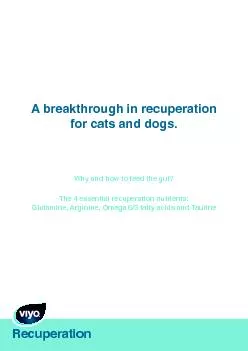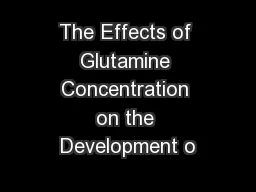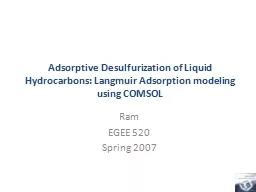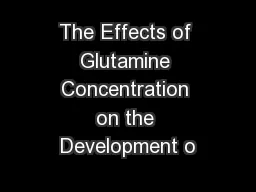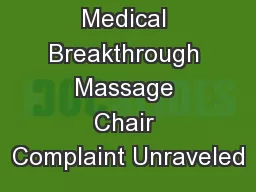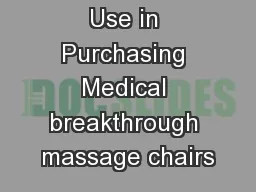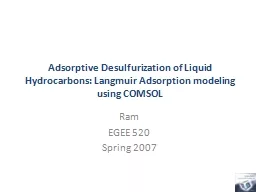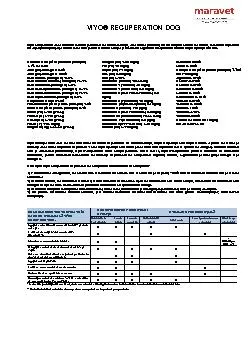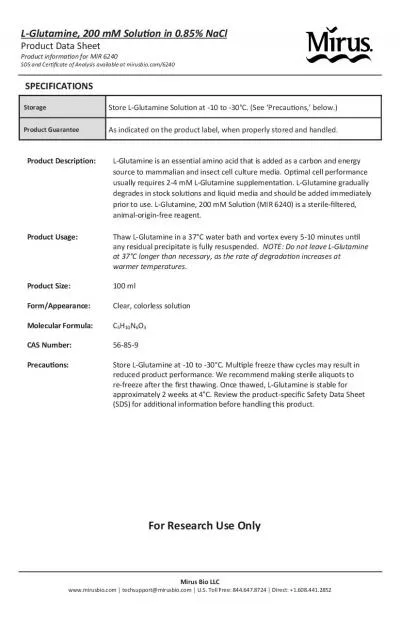PDF-A breakthrough in recuperation Why and how to feed the gut? Glutamine,
Author : celsa-spraggs | Published Date : 2015-10-06
Cats and dogs can undergo signixFB01 cant metabolic changes when recovering from a serious illness injury or surgery During these stressful conditions the body is
Presentation Embed Code
Download Presentation
Download Presentation The PPT/PDF document "A breakthrough in recuperation Why and h..." is the property of its rightful owner. Permission is granted to download and print the materials on this website for personal, non-commercial use only, and to display it on your personal computer provided you do not modify the materials and that you retain all copyright notices contained in the materials. By downloading content from our website, you accept the terms of this agreement.
A breakthrough in recuperation Why and how to feed the gut? Glutamine,: Transcript
Download Rules Of Document
"A breakthrough in recuperation Why and how to feed the gut? Glutamine,"The content belongs to its owner. You may download and print it for personal use, without modification, and keep all copyright notices. By downloading, you agree to these terms.
Related Documents

